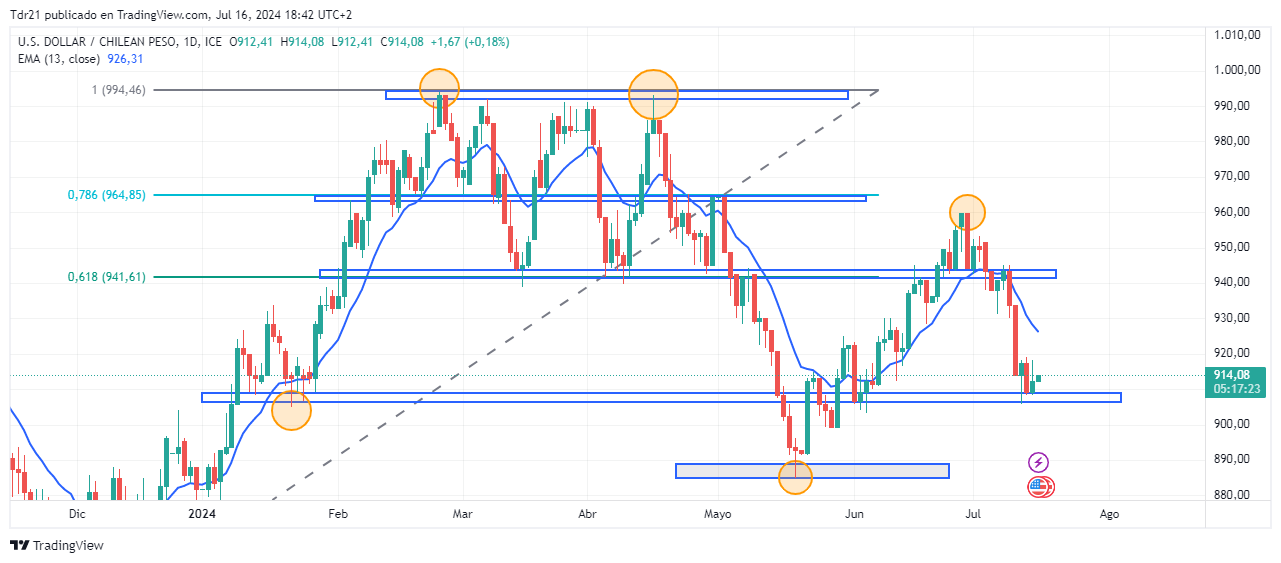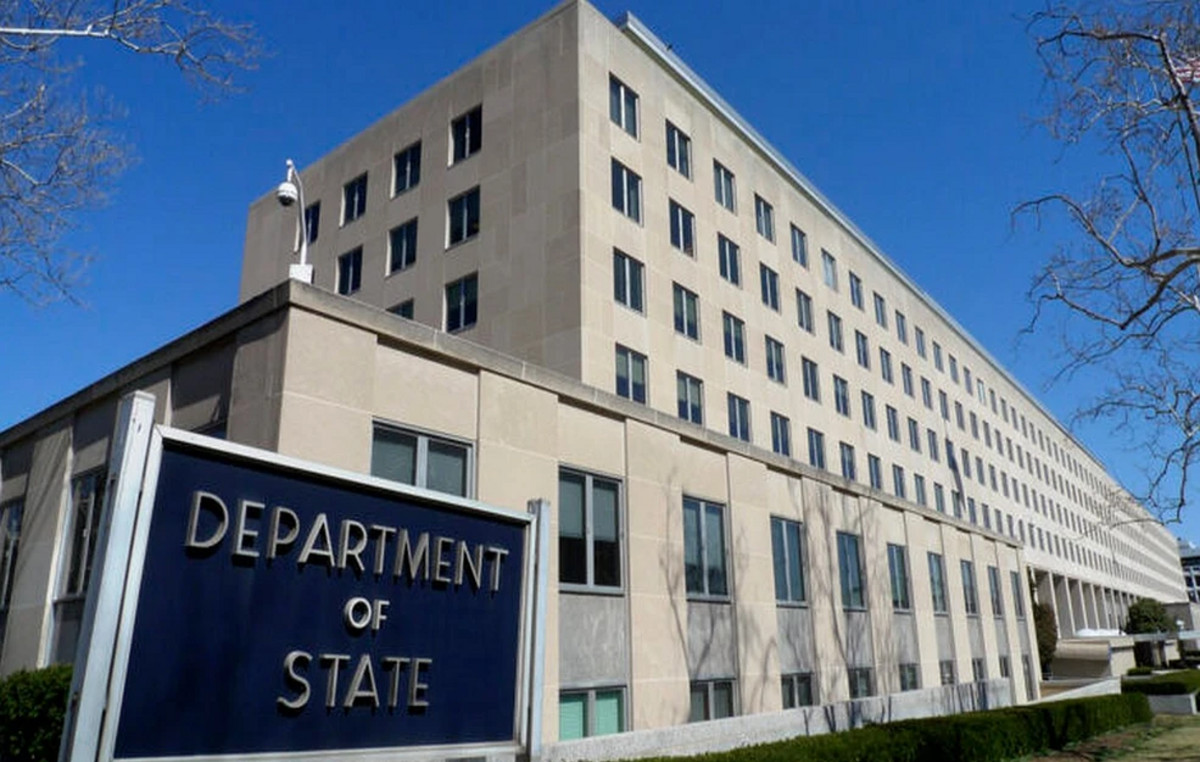- USD/CLP gains 0.18% in a low volume session.
- Copper inventories have risen in July, weakening demand for the metal.
- Walmart Chile workers adhere to article 342 after six days of labor strike.
The USD/CLP recorded an intraday low of 912.41 during the European session, finding buyers that pushed the pair to reach a daily high of 914.08. At the time of writing, the US Dollar price is trading at 914.08 against the Chilean Peso, gaining marginally by 0.18%, in today’s session.
Copper prices are trading lower, dragged down by the increase in inventories in warehouses
Copper is trading at $4.44, down 1.15% on the day, weighed down by disappointing GDP and retail sales data. Similarly, rising stocks at China’s bonded warehouses point to continued weak demand. The Asian country accounts for about half of annual copper demand.
After six days, the National Federation of Walmart Chile Workers decided to end the strike and invoke Article 342 of the Labor Code, maintaining the current collective agreement and laying the groundwork for negotiations with the company in 18 months. Article 342 mentions the right to establish the current collective agreement as the negotiation floor.
Levels to consider in the USD/CLP
USD/CLP is holding at the first support located at 905.80, low of July 11. The next support is located at 884.96, low of May 20. The closest resistance is at 943.00 in convergence with the 61.8% Fibonacci retracement.
USD/CLP Daily Chart

US Dollar FAQs
The United States Dollar (USD) is the official currency of the United States of America, and the de facto currency of a significant number of other countries where it is in circulation alongside local banknotes. As of 2022, it is the most traded currency in the world, accounting for over 88% of all global foreign exchange transactions, equivalent to an average of $6.6 trillion in daily transactions. Following World War II, the USD took over from the British Pound as the world’s reserve currency.
The single most important factor influencing the value of the US dollar is monetary policy, which is determined by the Federal Reserve (Fed). The Fed has two mandates: to achieve price stability (control inflation) and to promote full employment. Its main tool for achieving these two goals is to adjust interest rates. When prices rise too quickly and inflation exceeds the Fed’s 2% target, the Fed raises rates, which helps the dollar. When inflation falls below 2% or the unemployment rate is too high, the Fed can lower interest rates, which weighs on the dollar.
In extreme situations, the Federal Reserve can also print more dollars and enact quantitative easing (QE). QE is the process by which the Fed substantially increases the flow of credit in a jammed financial system. It is an unconventional policy measure used when credit has dried up because banks are not lending to each other (for fear of counterparty default). It is a last resort when simply lowering interest rates is unlikely to achieve the necessary result. It was the Fed’s weapon of choice to combat the credit crunch that occurred during the Great Financial Crisis of 2008. It involves the Fed printing more dollars and using them to buy US government bonds, primarily from financial institutions. QE typically leads to a weakening of the US dollar.
Quantitative tightening (QT) is the reverse process whereby the Federal Reserve stops buying bonds from financial institutions and does not reinvest the principal of maturing securities in new purchases. It is generally positive for the US dollar.
Source: Fx Street
I am Joshua Winder, a senior-level journalist and editor at World Stock Market. I specialize in covering news related to the stock market and economic trends. With more than 8 years of experience in this field, I have become an expert in financial reporting.







